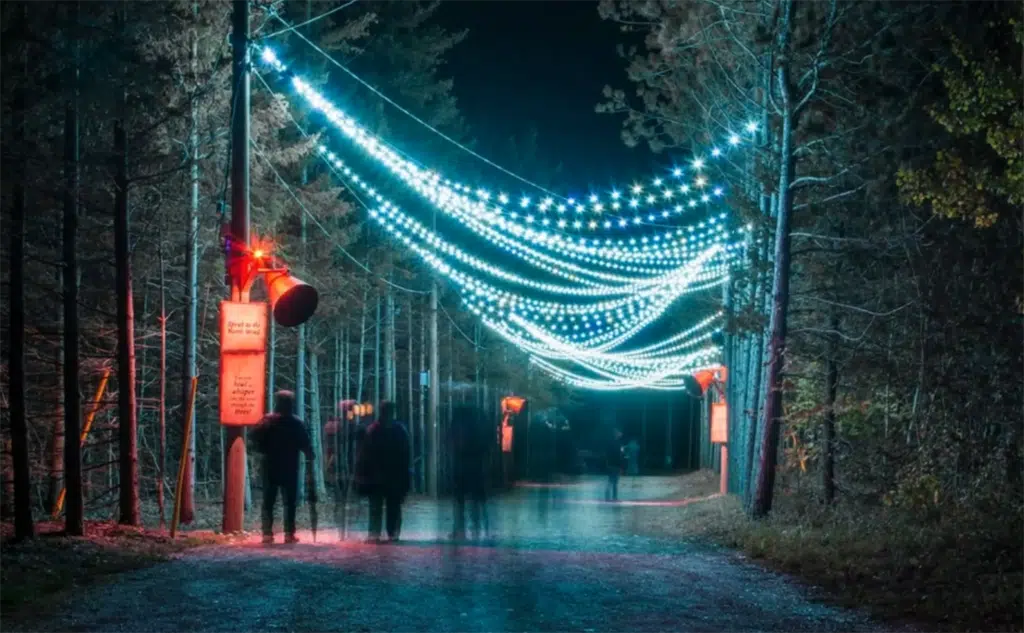by Dr. Anita Nazareth
Ignite our imaginations to ensure a safe future
Everywhere you turn, you are bombarded by messages on “saving the environment” and the concept of “sustainability”. While the older generations are now being “blamed” for the state of the environment today, it is the youth, the next generation, who have to live with the consequences which have the potential to further spiral out of control if not tamed.
Studies have shown that it is the age span from ten to about the early twenties when youngsters are particularly clued-up and conscious of social issues. This time window of youth can be influenced by positive aspects of society and the physical environment they live in, which will inevitably impact their future way of life. It is this time that would serve as a gateway to inspiring goals to influence their behaviour as they enter the warrens of maturity.

With the ever-evolving, attention-grabbing gimmicks and gizmos this cohort of the population (Gen A, Gen Y.1 and the millennials) are bombarded with, there is a fair chance that they might just miss the message.
Prompted by youth eco-warrior Greta Thunberg and others like her who are dedicating their lives to the cause of protecting the environment, the youngsters of today may well feel intimidated by the notion that their “meagre” efforts will only be a drop in the bucket and may not have any impact at all… so why bother?
But bother they should if they want to survive in a salubrious world with no serious shortage of food, inhabitable land, water and just basic breathable air.
Instead of the well-known phrase ‘think globally, act locally’, Jane Goodall urges youths to reverse that and first take action locally. Awareness is the best wake-up call.
What better way to enlighten their minds, spark their curiosity and ignite their imaginations than to spend some time wandering about amongst natural greenery and majestic trees that have been there for decades and still standing strong.
Limbic Media has taken a leap forward by incorporating an amazing series of light installations located north of Toronto, at the Blue Mountain Resort, Ontario, aptly named “Path of Light”. This magical journey aims to transport the wanderer along a three-kilometre walk through a meandering pathway, while mindful of the need for social distancing. This installation is intended to inspire appreciation and respect for all that is natural around us and to reflect on our inner life.
The Agora “Path of Life” installation embodies Limbic Media’s mantra to “transform public spaces with high-tech interactive art and light installations that invite participation and bring people together”. What better involvement than to walk through a spacious, natural, outdoor venue; a wonderous experience to restore their minds and spirits during this continuing pandemic.

As observers meander through this expansive installation, they will see lofty, majestic trees, some much older than their beloved grandparents. The streams of Agora lights create a rippling effect through the branches and ground foliage, producing an aura of tranquillity and peace. Along the path, visitors can view carvings of wolves and mushrooms, that light up to capture their attention when activated as they step on stones to mark their way.
As well, they are greeted by subtle poetic reminders to be aware and mindful of the five essential elements of Air, Fire, Earth, Space and Water.

This specific installation embodies a sixth element, vital as a 21st Century skill we all need to continue to cultivate. As the world gets “smaller” and the means at our disposal to “connect” become exponentially easier with technology, what occurs in a remote part of the world would inevitably reach and have an impact on us, no matter where we are located.
This sixth element is “Communication”
True to embodying this sixth element, Limbic Media incorporated the written words of Marie Metaphor, a local British Columbian poet and artist to be appreciated by a greater audience. This project was also conceived in partnership with the local community from the Assiniboine First Nations.
“Who are You and Who have you Been”
“I have come home to the Fire”
“How do you Breathe with the Forest?”
“Can you Howl or whisper like the wind through the trees”
Inspiring phrases are encountered strategically along the “Path of Light” walk under an overhanging canopy of twinkling lights or ground lighting to represent water at the “Aqua” site, or around a bonfire depicted by vertical bars of changing colours to simulate fire and its importance for warmth, light and life. The installation generates a symbiotic existence between the viewer and the natural landscapes that, fortunately, for us all, still exist in several provinces around Canada. A showcase of Canadian flora.
Opportunities like these inspire the observer to care for the planet alongside appreciating and understanding the ancient cultural aspects of the First Nations as they had integrated their lives with the organic, minimally-disturbed earthscape around them.
It is these settings that jog our minds to ponder our collective responsibilities towards sustainability and eco-consciousness.
The Key to Sustainability
While there are obviously clear attempts being made by governments, schools and society in general, to recognize and mitigate the impending depletion of natural resources, the concept of “SUSTAINABILITY” emerges as a critical topic of concern for today’s youth and adults alike.
A cursory search on the internet opens up countless resources on the multitude of entities that address this issue. The lead institution UNESCO under the umbrella of the Sustainable Development Goals (SDGs) has laid out multiple programs and initiatives targeted on the preservation of resources in four areas: Human, Social, Economic and Environmental.
But first, we need to appreciate what is meant by the very notion of “sustainability”. While our first thoughts are targeted at natural resources and preserving nature, there needs to be continued concern regarding social and economic resources, both of which are intrinsically interwoven into the fabric of interrelatedness. Attention cannot be targeted on any one of these independently without the support and similar effects of the others.
Sustainability is not always about environmental-ism.
The notion of sustainable development was described by the 1987 Brundtland Commission Report as “development that meets the needs of the present without compromising the ability of future generations to meet their own needs”. What better time than now to create awareness and inspire action from our youth: Our Eco Advocates!
It is not too late!
As we educate the next generations on the pressing issues that will impact them even more than they do at the present moment in time, we need to ensure that sustainability is not perceived as just a contemporary trend, or hip-topic that the well-to-do nations utilize to register their engagement and commitment to pilot the planet in the opposite direction of devastation. But, in reality, it should be viewed with concerned apprehension and immediacy for the wellbeing of all of humanity, animals and plants. Every living organism has a place and a function and their continued existence needs to be attended to and preserved especially when they provide life and sustenance.
The “Path of Light” installation is a timely reminder for all of us to be aware of our changing environment and to always find ways to appreciate, preserve and enjoy what nature has freely provided for all of us.
An article by Dr. Anita Nazareth – Advocate of Education for All and acquiring 21st Century skills for life-long learning.
